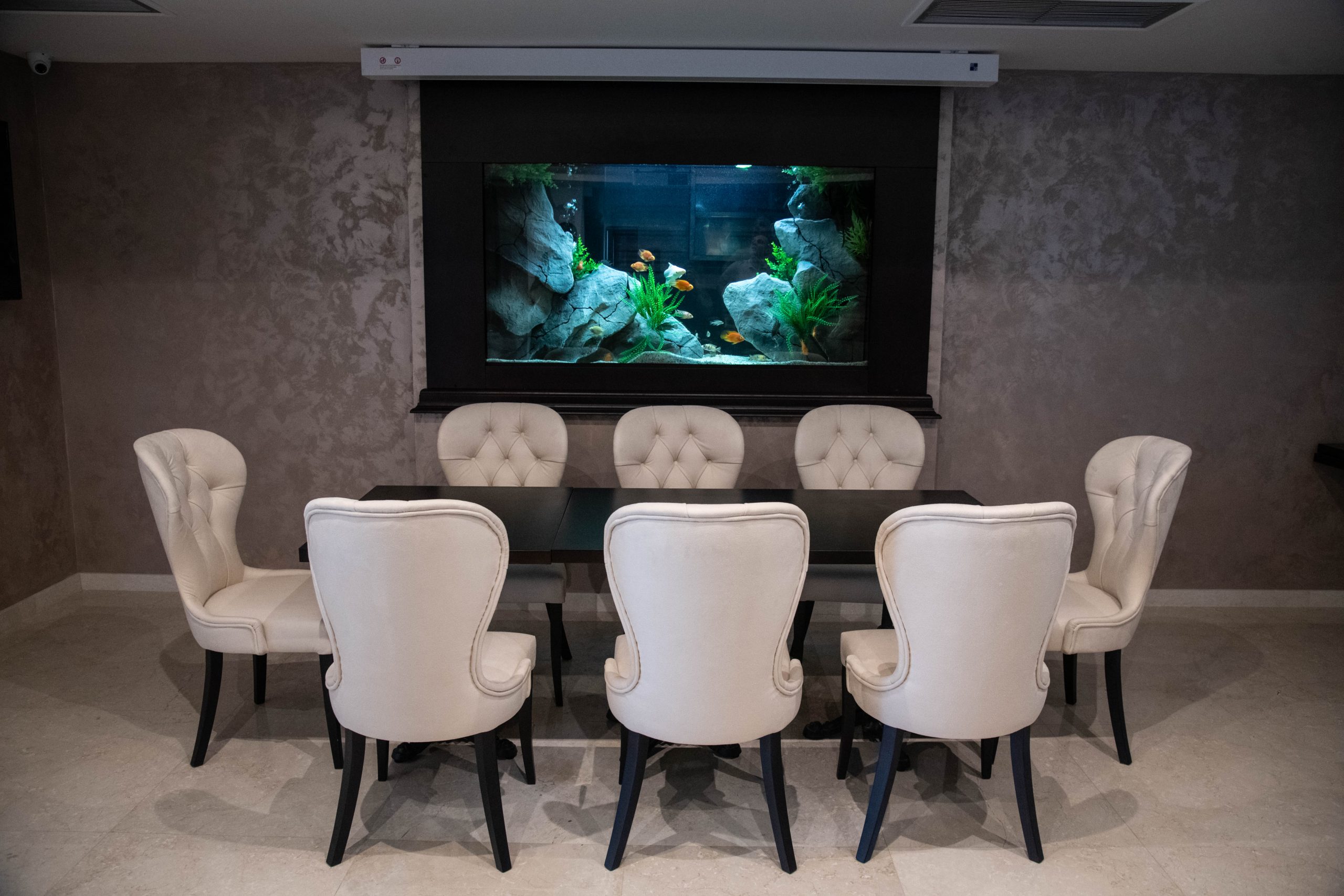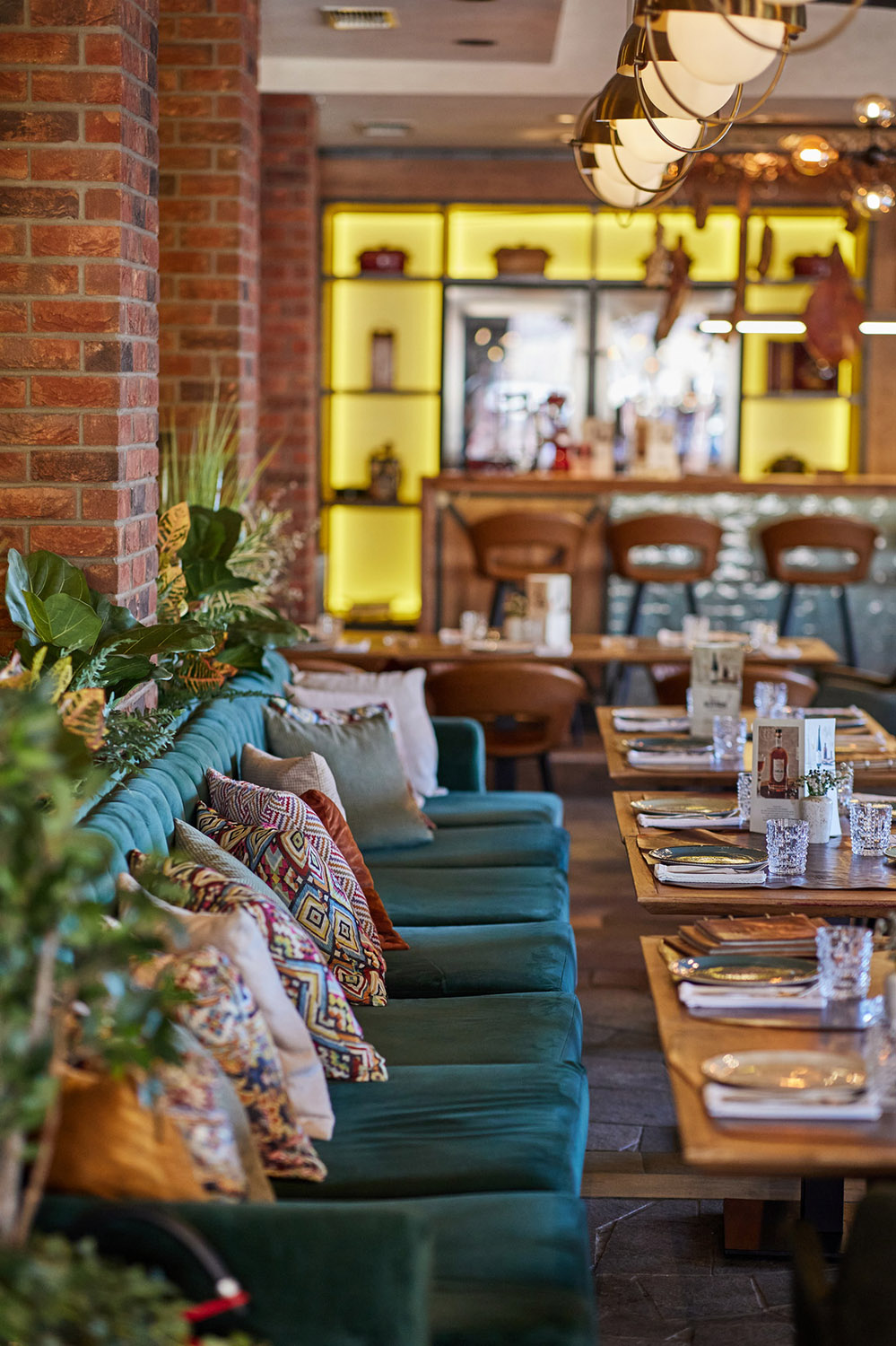О Србији
Србија је вековима била раскрсница путева на којима су се сусретале разне цивилизације. Некада давно, то је било место сусрета Византијског и Римског царства.
Лична карта Србије
Површина: 88.509 км2С
Cтановништво: 6.926.705 (2020)
Престоница: Београд (1.694.056 становника)
Валута: Динар (RSD)
Временска зона: CET (UTC+1)
Национални позивни број: +381
Интернет домен: .rs и .срб (ћирилички)
Место сусрета Истока и Запада
Србија је вековима била раскрсница путева на којима су се сусретале разне цивилизације. Некада давно, то је било место сусрета Византијског и Римског царства. Савремена Србија развила се под утицајима Османског царства, али и под аустријским наслеђем, будући да су њени северни делови некада припадали Хабзбуршкој монархији. Као резултат толико утицаја током своје богате историје, српска култура је чудесан спој обичаја, утицаја и мултикултурализма у архитектури, гастрономији, музици и самом језику.

Зашто Србија
Новo
- Узбудљива дестинација за састанке у југоисточној Европи;
- Јединствене могућности путовања за забаву и авантуру;
- Ужурбани градови, живописни пејзажи, величанствена планинска скровишта;
- Главно економско средиште у југоисточној Европи.
Са стилом
- Разиграност ноћног живота и забаве;
- Богата култура и архитектура;
- Укусна кухиња и српско гостопримство;
Заокружено
- У срцу Европе одлично повезана са свим већим европским градовима;
- Изврсна понуда наменских и посебних простора који савршено одговарају вашим потребама за састанке;
- Велики број искусних професионалаца који ће превазићи ваша очекивања.
Приступачно
- Одлична вредност за новац;
- Врхунско искуство куповине
Србија је одлично повезана са светом захваљујући својој развијеној инфраструктури и доступним транспортним опцијама. Са три међународна аеродрома – Никола Тесла у Београду, Константин Велики у Нишу и аеродром Морава у Краљеву – Србија нуди директне летове ка више од 60 дестинација широм Европе, Блиског Истока, Северне Африке и Сједињених Држава. Поред авионског саобраћаја, Србија је умрежена и преко главних европских путних праваца Е-65, Е-70, Е-75 и Е-80, који повезују велике градове попут Београда, Новог Сада, Ниша и Суботице са остатком Европе. За оне који путују возом, Београд има редовне и директне железничке везе са главним градовима централне и источне Европе, чинећи Србију лако доступном дестинацијом како за туристе, тако и за пословне путнике.
Kако до Србије?
Авионом
Србија има три међународна аеродрома са редовним линијама за комерцијалне авио-компаније. Главни је београдски међународни аеродром Никола Тесла (BEG) са идеалном локацијом на раскрсници главних ваздушних путева са 37 авио-компанија које повезују главни град Србије са више од 60 дестинација широм Европе, Блиског Истока, Северне Африке и Сједињених Држава у редовном, чартер и теретном ваздушном саобраћају. Преостала два аеродрома су Константин Велики (INI) у Нишу и аеродром Морава (KVO) у Краљеву, чинећи дестинације попут Ниша, Врњачке Бање и Копаоника доступнијим међународним гостима.
Аутобусом и аутомобилом
Делови европских међународних праваца Е-65, Е-70, Е-75 и Е-80 повезују све веће градове у Србији (Београд, Нови Сад, Суботица, Ниш …). Београд лежи дуж путева Е-70 и Е-75 који повезују западну и северну Европу с једне и јужну и источну Европу с друге стране. Србија има 45.220 км путева, укључујући 950 км аутопутева.
Железницом
Главни град Београд има редовне и директне железничке везе са главним градовима централне и источне Европе.
Air Serbia
Air Serbia је национални авио-превозник Србије. Опслужује европске, медитеранске, блискоисточне и северноамеричке дестинације директно из свог седишта на београдском међународном аеродрому Никола Тесла. Поред њих, Air Serbia преко својих код-шер партнера нуди и далеке и међународне дестинације у Азији, Аустралији и Америци. Air Serbia је кључни део националне ваздухопловне инфраструктуре и има темељну улогу у развоју туризма Србије и економском расту земље.

